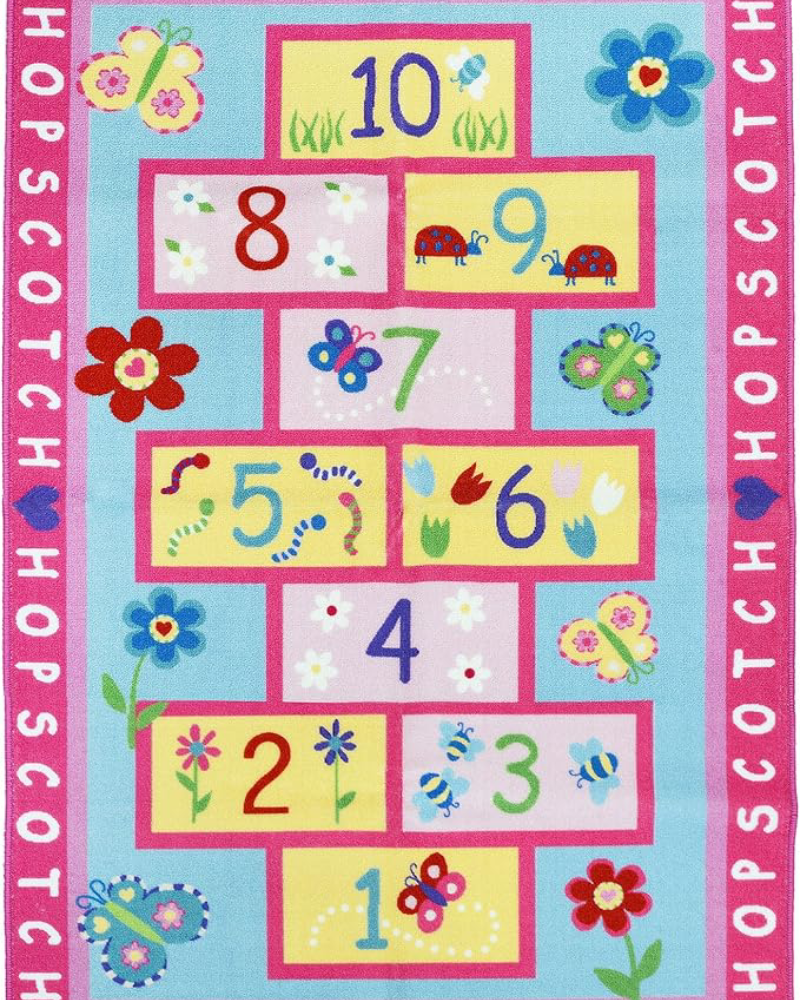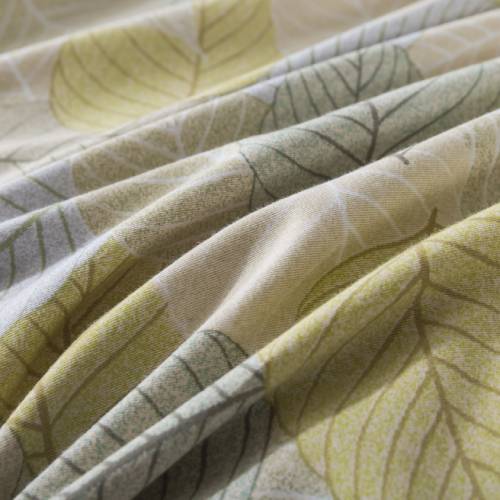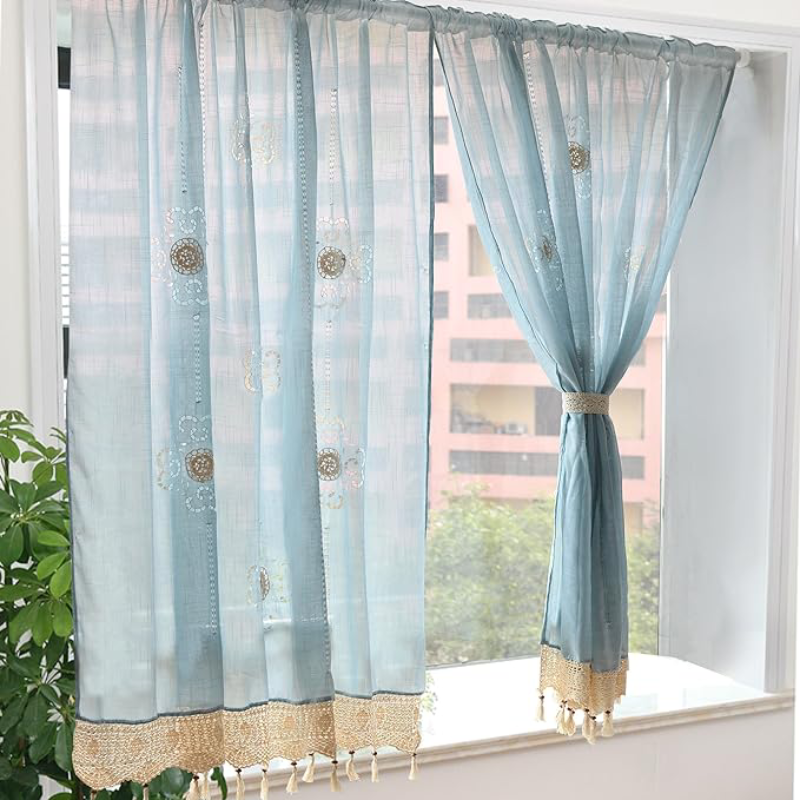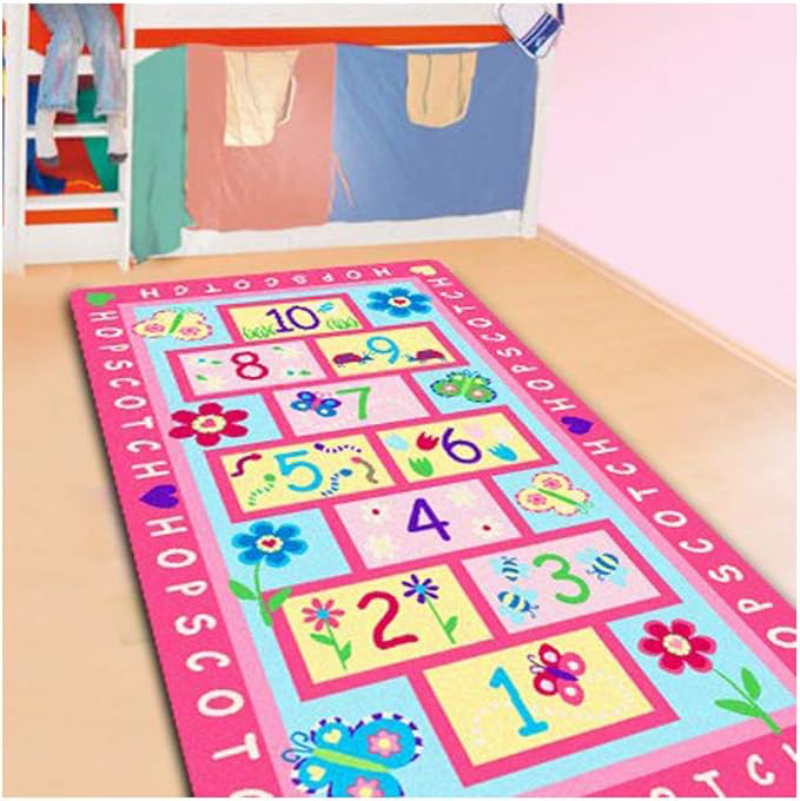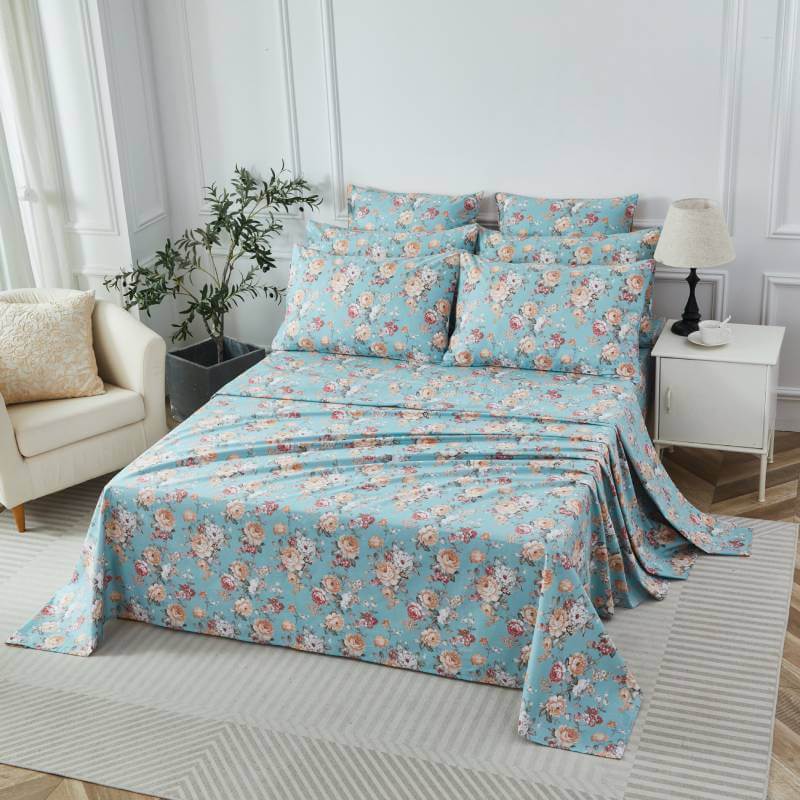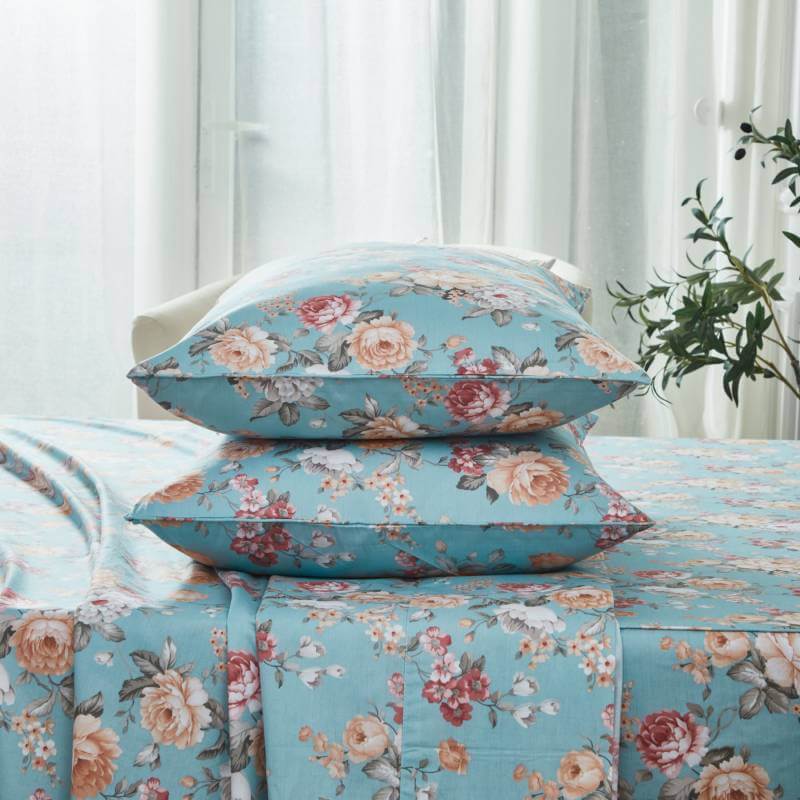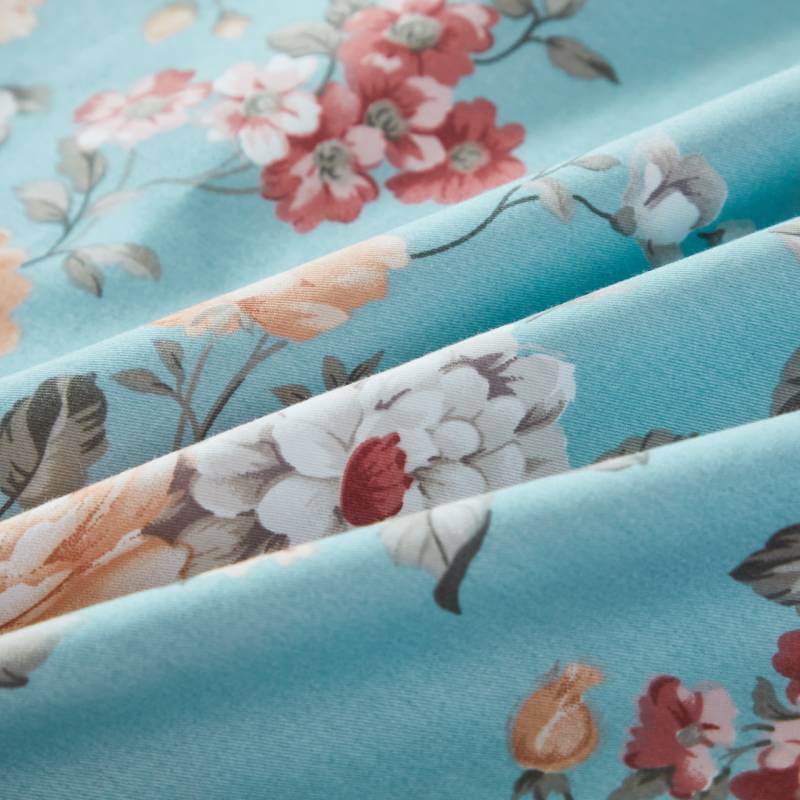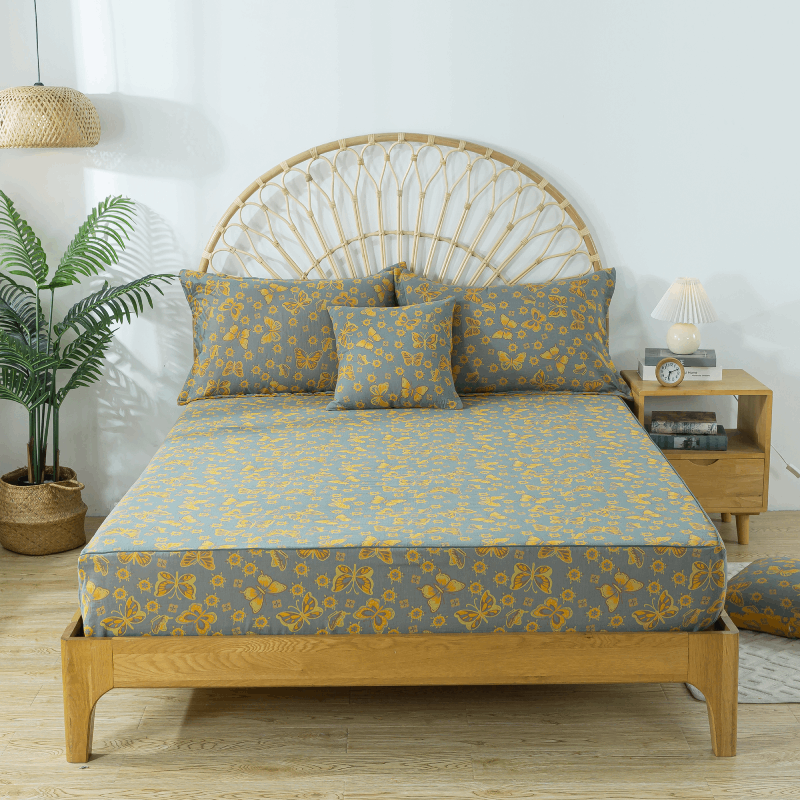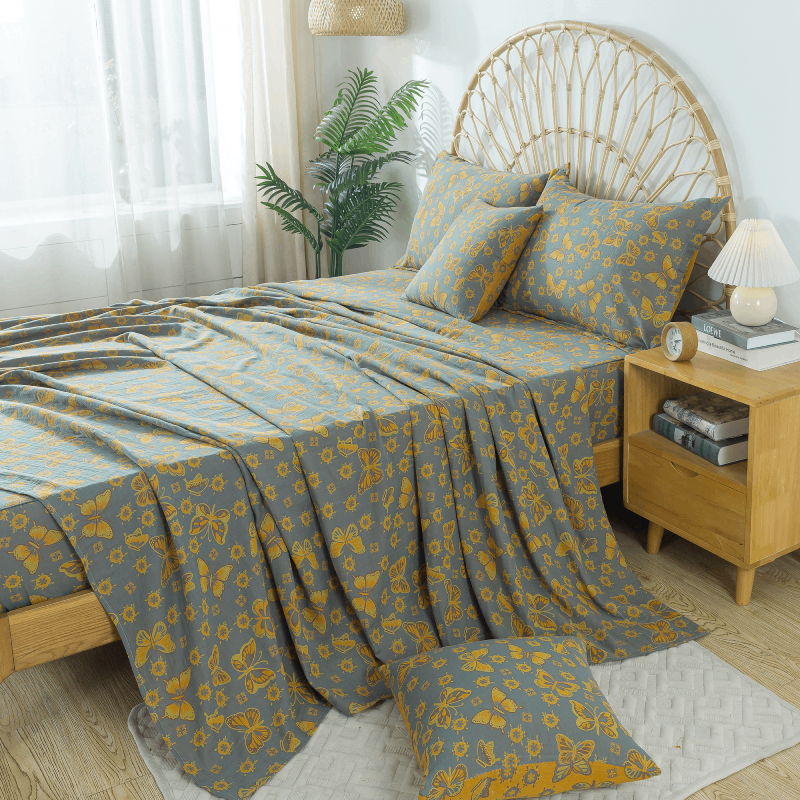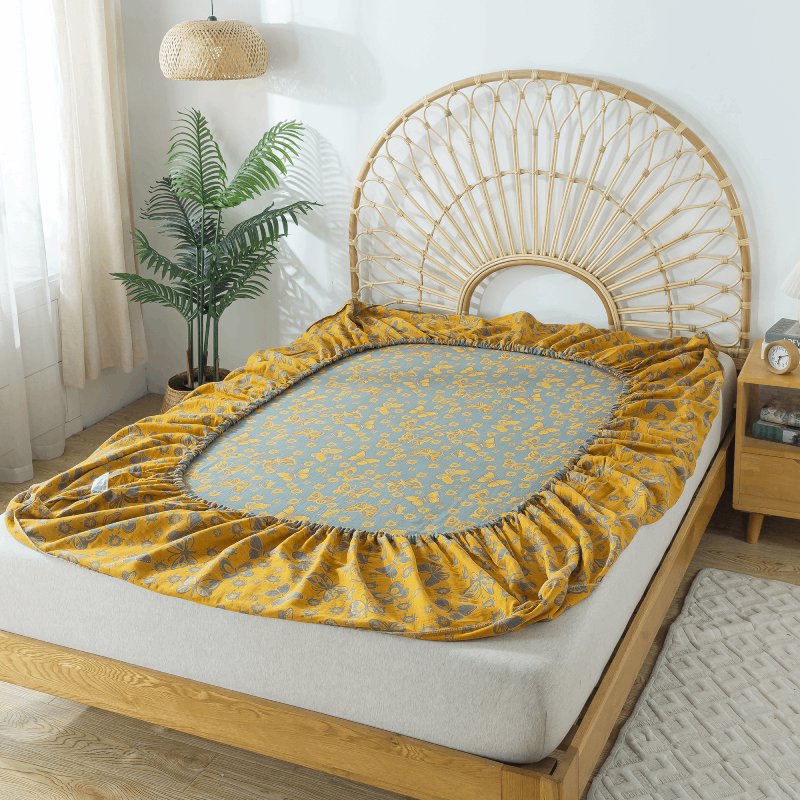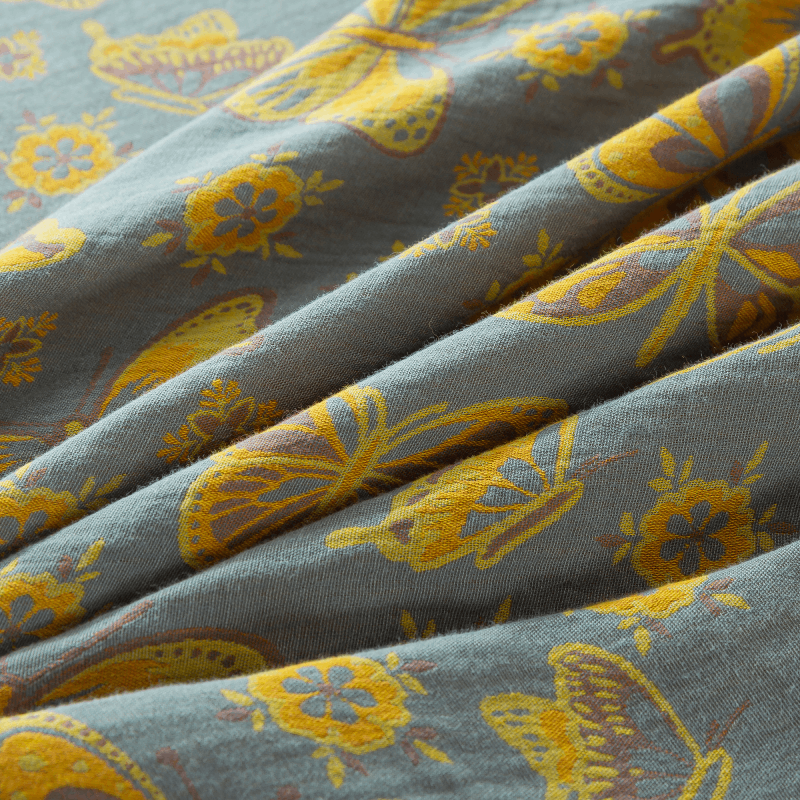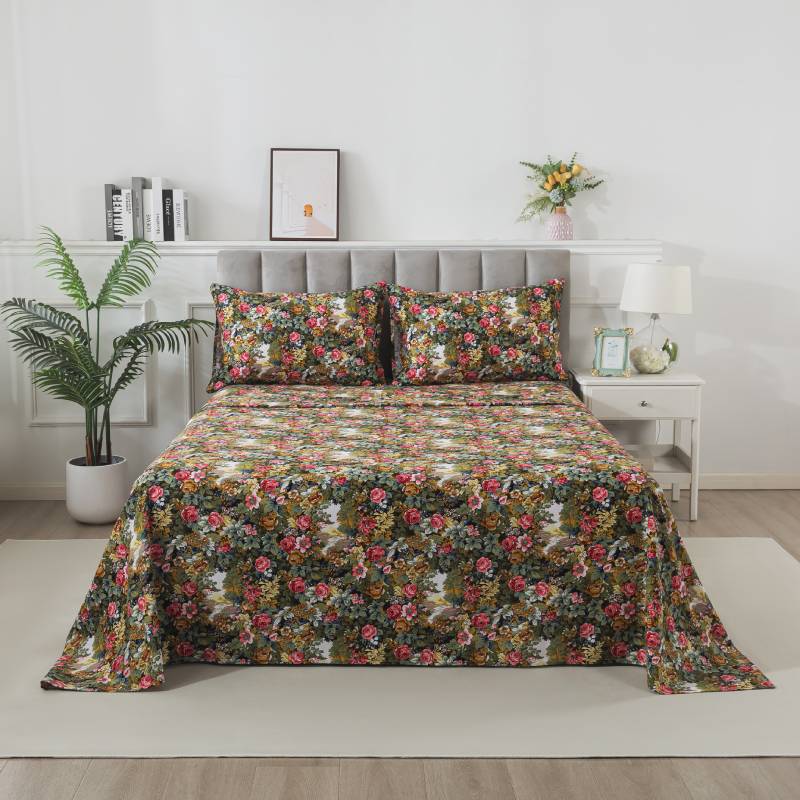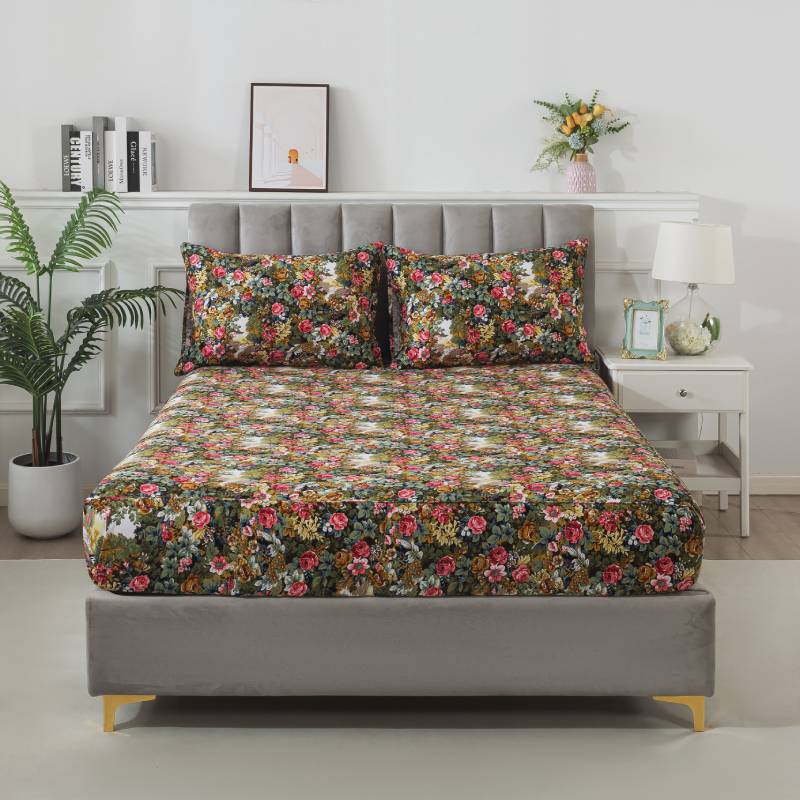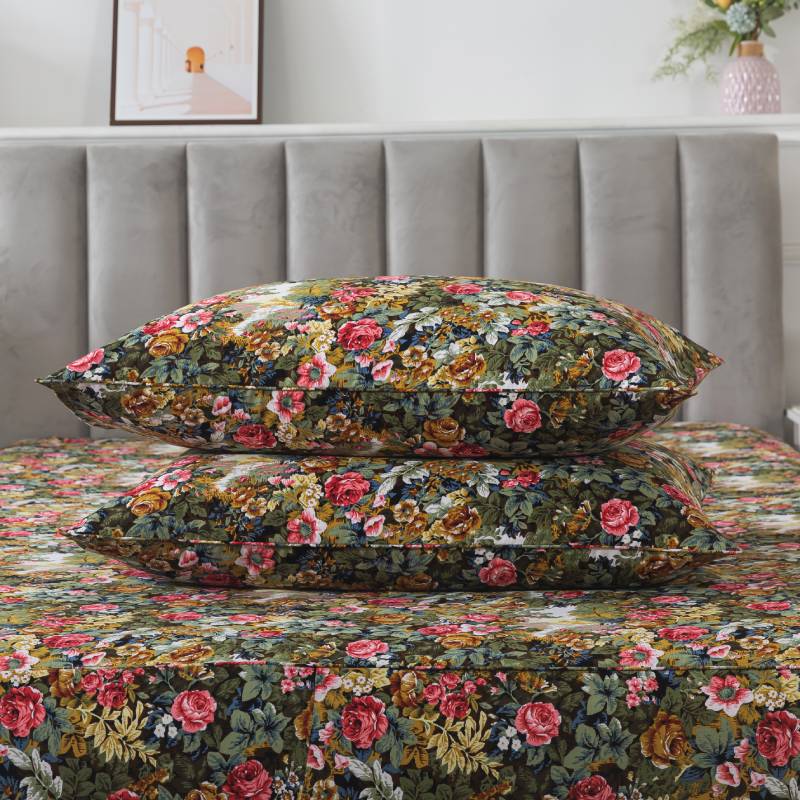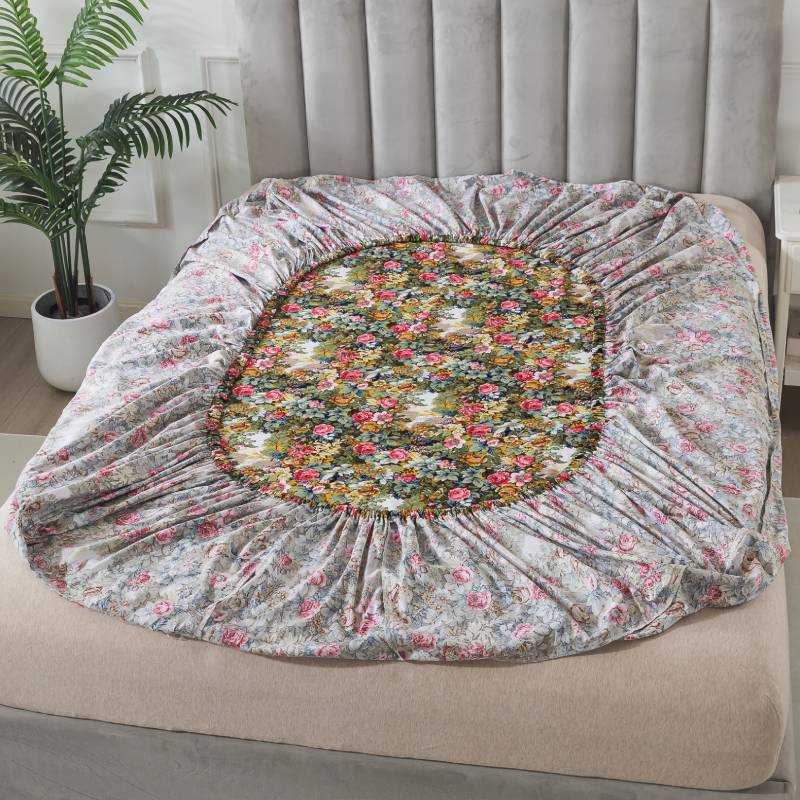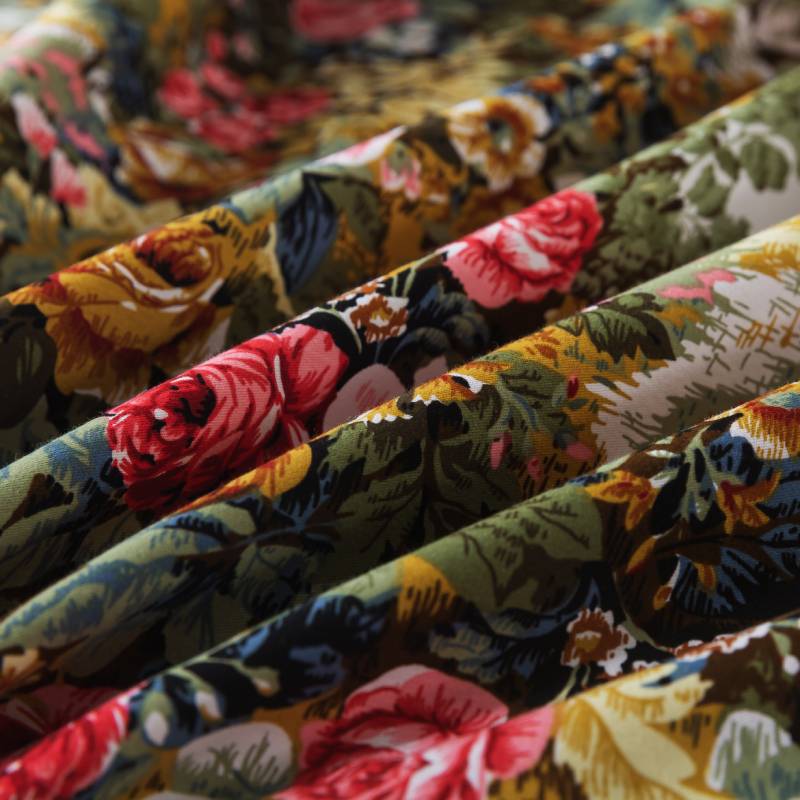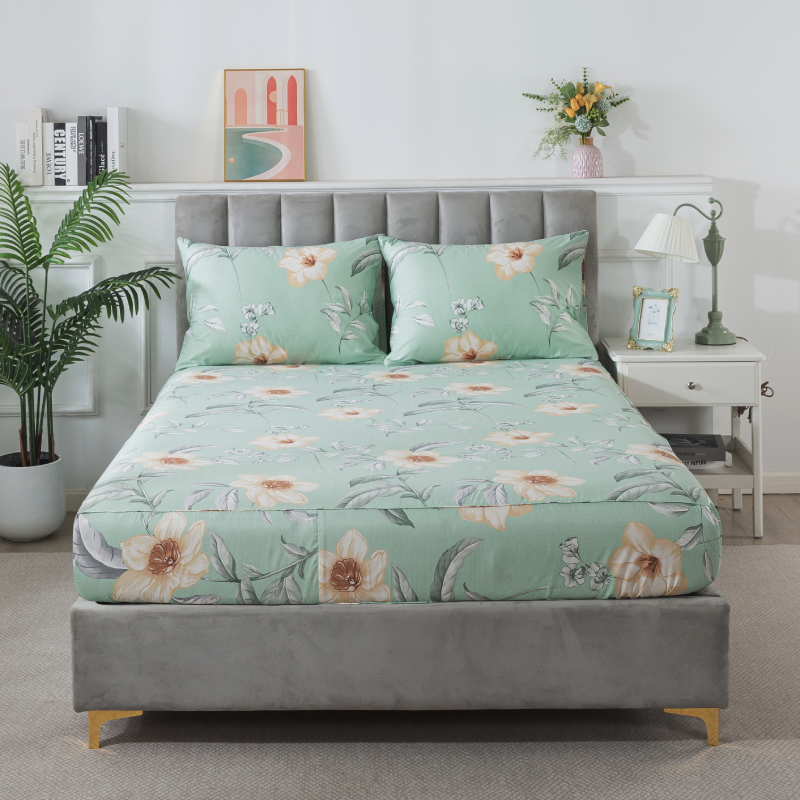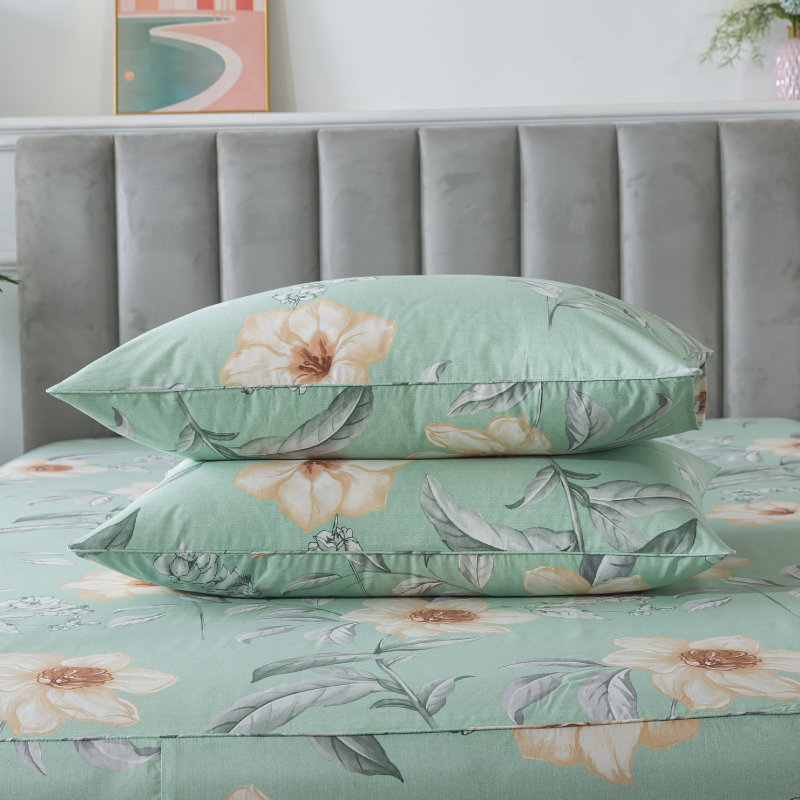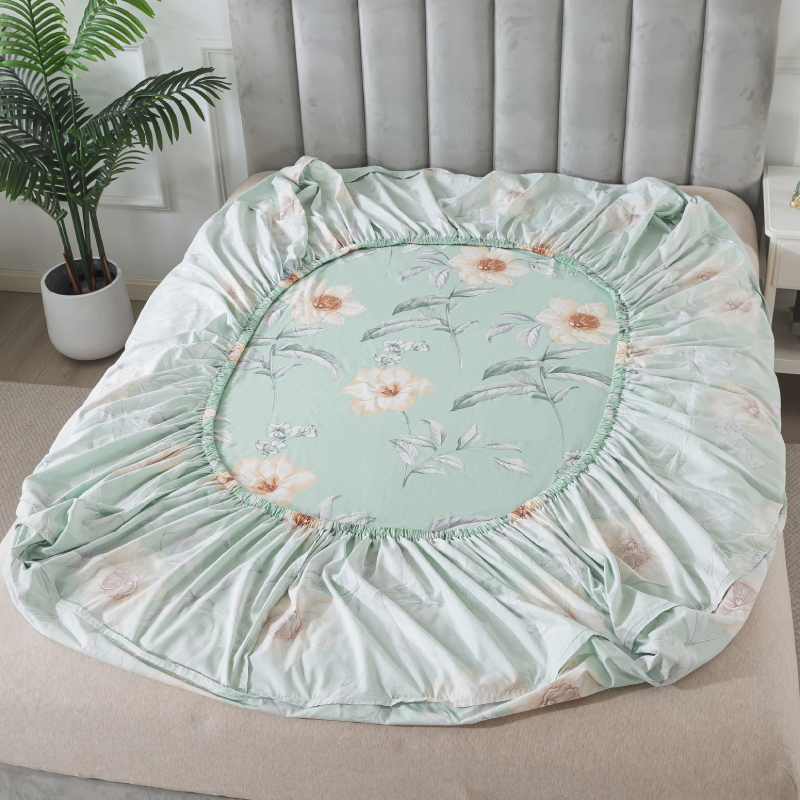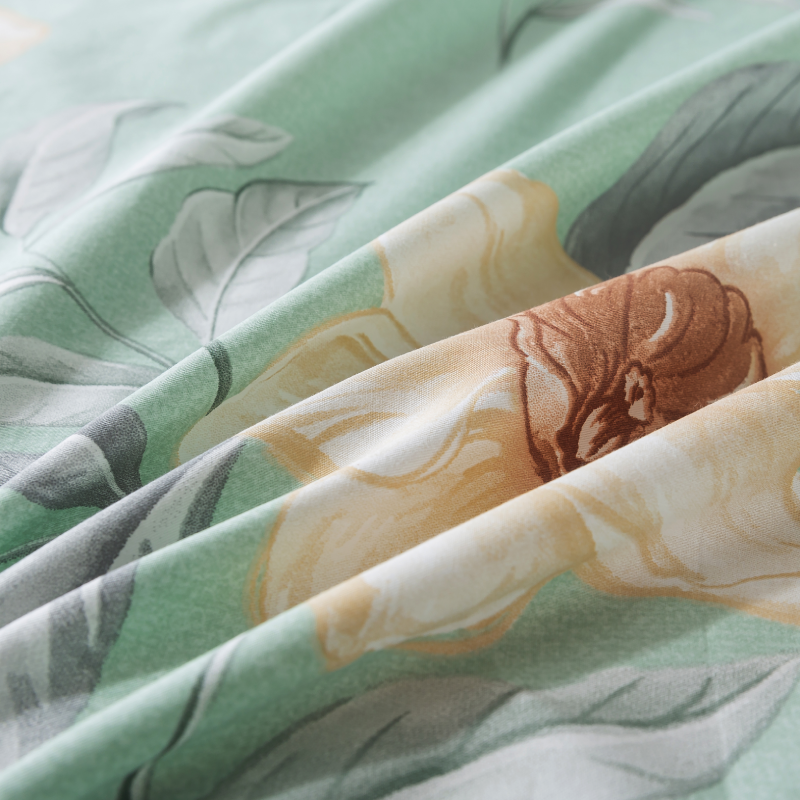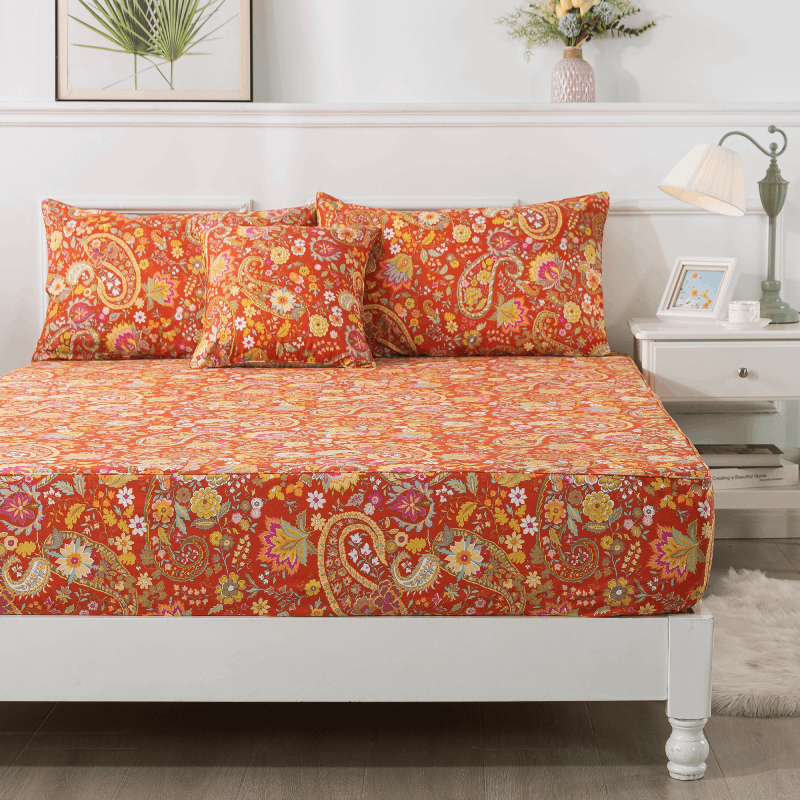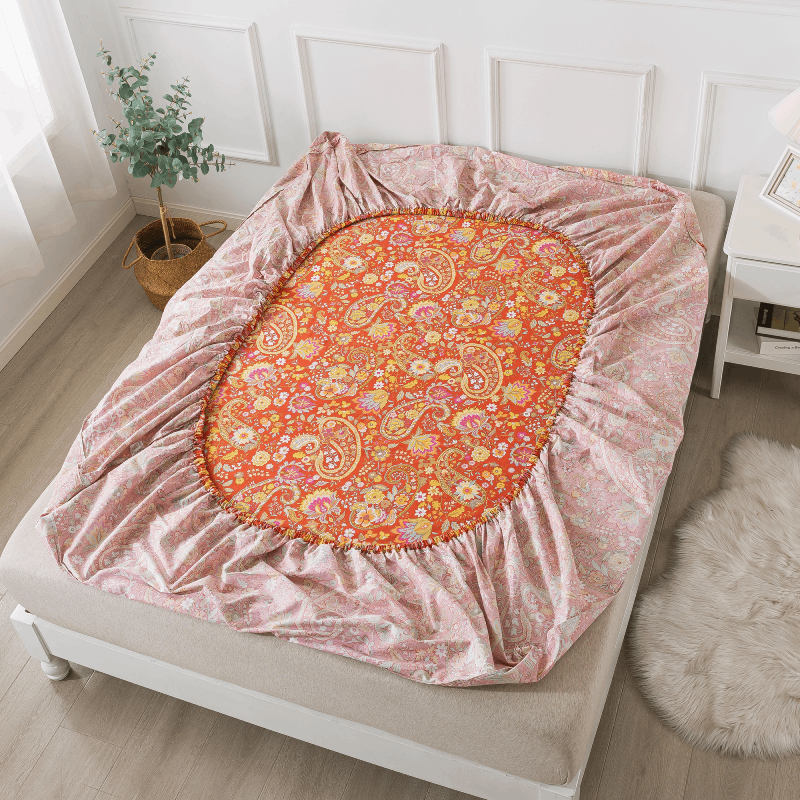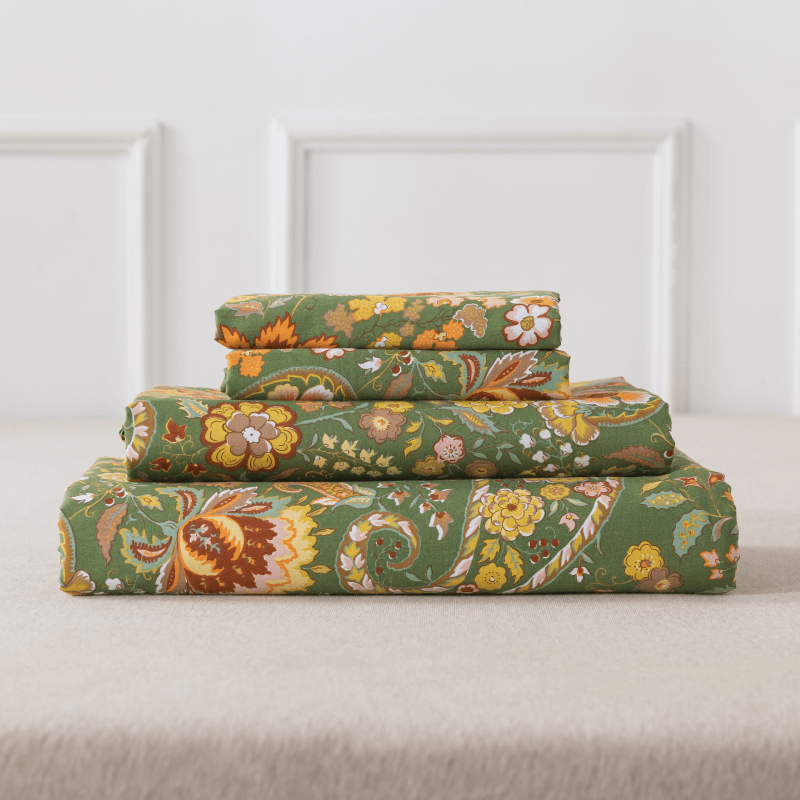When it comes to the perfect night’s sleep, the material your sheets and duvet covers are made of can make all the difference. From the soft, familiar embrace of cotton to the luxurious sheen of silk, each fabric brings its own character, benefits, and quirks. In this deep-dive, we’ll explore four of the most popular bedding materials—cotton, linen, silk, and bamboo—helping you decide which one (or which combination) is right for you and your bedroom sanctuary.
1. Cotton: The Versatile Classic
What makes cotton so beloved?
Cotton is ubiquitous for a reason. Its natural fibers breathe wonderfully, wicking moisture away from your skin. That means cotton sheets feel cool in summer yet remain comfortable in winter. Beyond comfort, cotton is exceptionally durable: with each wash, high-quality cotton often gets softer rather than worn out.
Types of cotton to know:
-
Upland cotton: The most common variety, found in many budget-friendly sheets. Expect decent softness, but it may pill or fade over time.
-
Pima (or Supima) cotton: Grown primarily in the U.S., these long-staple fibers yield softer, stronger fabrics that resist pilling.
-
Egyptian cotton: Famous for its extra-long staple fibers, Egyptian cotton delivers exceptional smoothness and drape.
Thread count vs. feel:
Don’t be fooled by sky-high thread counts. Above about 400 threads per square inch, the gains in softness are marginal, and sometimes manufacturers achieve those numbers by twisting multiple filaments into one thread—a tactic that can feel stiff. Instead, aim for a thread count between 300 and 500 of a single-ply, long-staple cotton.
Pros and cons at a glance:
-
Pros: Breathable, durable, easy to care for, widely available, budget options and luxury options alike.
-
Cons: Can wrinkle easily; lower grades may pill; environmental concerns around conventional cotton farming (look for organic or Better Cotton Initiative labels if this matters to you).
2. Linen: The Effortlessly Cool Contender
Linen’s rise in popularity:
Made from flax fibers, linen has been used for centuries—think Egyptian pharaohs! Today, linen bedding is loved for its relaxed, lived-in look and lived-in feel that softens beautifully over time.
Key characteristics:
-
Temperature regulation: Linen is exceptionally breathable and moisture-wicking, making it ideal for hot sleepers or humid climates.
-
Texture: Right out of the box, linen feels crisp, even a touch coarse. Over the first few washes it mellows into a soft, slightly slubby texture that lends your bed that chic, rumpled look.
-
Durability: Linen is one of the strongest natural fibers; high-quality linen can last decades if cared for properly.
Considerations before you buy:
-
Price point: Quality linen tends to be more expensive than cotton, but think of it as an investment—it can outlast several sets of cotton bedding.
-
Wrinkling: Linen loves to wrinkle. If you prefer a pristinely smooth surface, you might find linen’s signature creases distracting.
-
Care: Gentle machine-wash cycles and line-drying are ideal. Avoid high heat in the dryer, and skip bleach to preserve fiber integrity.
3. Silk: The Ultimate Indulgence
Why silk feels so special:
Silk sheets carry a luminous sheen and buttery smoothness that few fabrics can match. They hug your body in the coolest, slipperiest way, making bedtime feel like gliding into a five-star hotel.
Health and beauty perks:
-
Hypoallergenic: Silk naturally resists dust mites, mold, and other allergens, making it a top choice for sensitive sleepers.
-
Skin and hair benefits: Silk’s low friction surface helps reduce hair breakage and prevents creases on your skin, which is why silk pillowcases are often hailed as beauty must-haves.
Trade-offs to consider:
-
High maintenance: Silk demands delicate care—hand wash or use a machine’s gentle cycle with special silk detergents. High heat and harsh chemicals are a no-go.
-
Cost: Authentic Mulberry silk bedding is expensive, often two to three times the price of premium cotton.
-
Durability: Silk is strong in one direction but can weaken over time if snagged, so avoid rough fabric blends or rough handling.
4. Bamboo-Derived Fabrics: The Eco-Friendly Alternative
What is bamboo bedding?
Often marketed as “bamboo sheets,” these are typically made from bamboo viscose or rayon—fibers chemically derived from bamboo pulp. The result is a luxurious fabric that feels between cotton and silk: soft, drapey, and smooth.
Sustainability and performance:
-
Pros: Bamboo grows quickly without pesticides, making it—or at least its source plant—rather eco-friendly. The resulting fabric is breathable, moisture-wicking, and naturally antimicrobial.
-
Cons: The chemical processing (involving solvents) to turn bamboo pulp into fibers can be environmentally harmful if not managed responsibly. Look for “lyocell” or “closed-loop” processes, which recycle most of the chemicals used.
5. Choosing the Right Bedding for You
By now, you’ve met the stars of the bedding world. How do you pick? Here are a few questions to guide you:
-
How do you sleep?
-
Hot sleeper? Linen or bamboo for supreme airflow.
-
Cool sleeper? Silk or high-quality cotton keeps you cozy without overheating.
-
-
What’s your tolerance for upkeep?
-
Low-maintenance? Cotton or bamboo blends—machine-washable and easy.
-
Willing to hand-wash? Splurge on silk if you crave that opulent feel.
-
-
What’s your style preference?
-
Crisp and smooth? Cotton percale for a hotel-style feel.
-
Soft and drapey? Cotton sateen or silk.
-
Casual, lived-in vibe? Embrace linen’s natural wrinkles.
-
-
What’s your budget?
-
Entry-level: Look for organic cotton in the 200–300 thread-count range.
-
Mid-range: Supima cotton or bamboo-derived sheets balance quality and cost.
-
Splurge: Egyptian cotton with a 400–600 thread count or pure Mulberry silk.
-
6. Caring for Your Investment
No matter which material you choose, a little TLC extends your bedding’s life:
-
Wash on cool or warm, never hot. Hot water can weaken fibers, fade colors, and shrink fabrics.
-
Skip the bleach. Instead, opt for a mild, eco-friendly detergent.
-
Air-dry or tumble-dry low. High heat can cause shrinkage and fiber damage.
-
Rotate sets. Having two or more sets of sheets means each one gets a break, reducing wear and tear.
Conclusion
Your bed is more than a place to sleep—it’s a sanctuary where comfort, style, and health intersect. Whether you crave the crisp coolness of linen, the all-around versatility of cotton, the sleek luxury of silk, or the eco-appeal of bamboo-derived fabrics, selecting the right bedding material transforms your nightly routine into a ritual of rest and rejuvenation. Armed with this material guide, you can mix and match fabrics to suit your climate, care preferences, and aesthetic, building the perfect bed—one that welcomes you night after night, season after season.
Sweet dreams!



